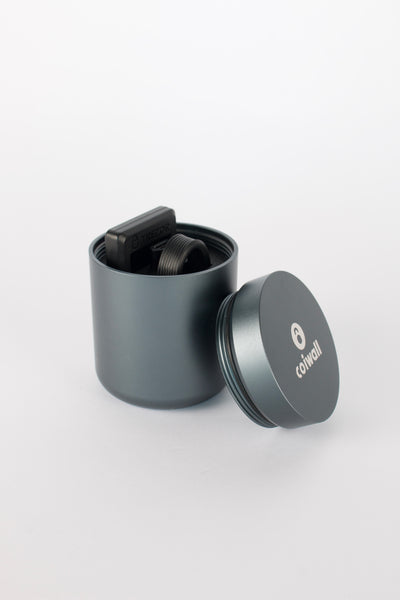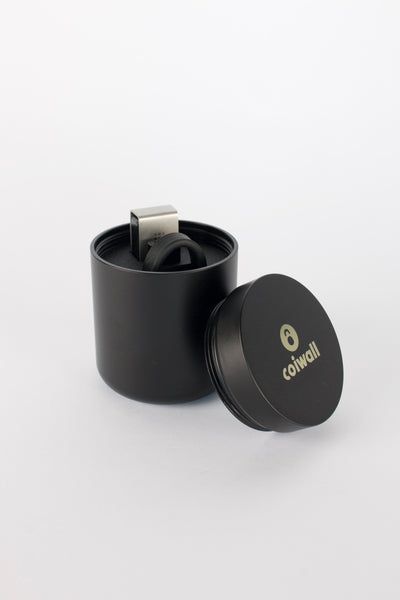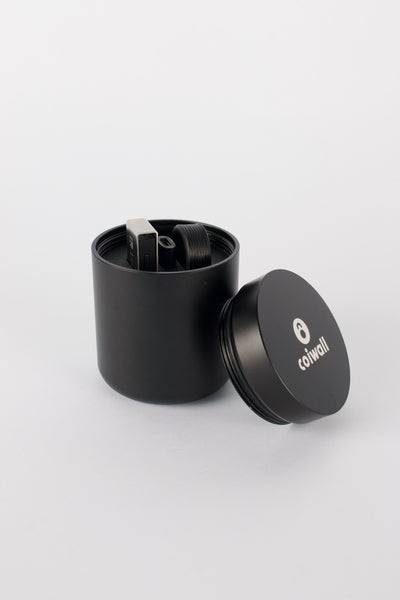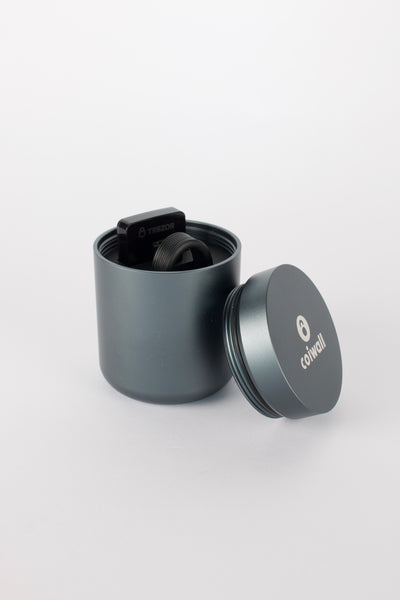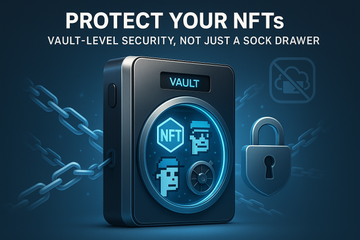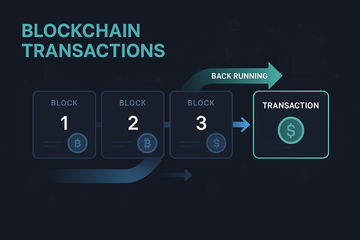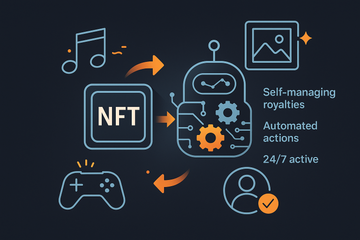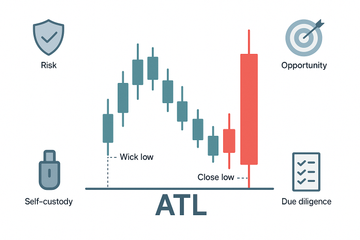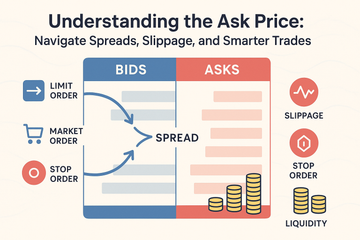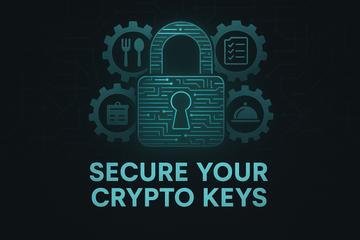Let’s just say it right upfront: the world of NFTs can feel like a wild west showdown—there’s a lot of promise, but also plenty of snake oil and sticky-fingered bandits. If you’ve ever minted a digital collectible, you’ve probably heard whispers (or shouts) about scams, hacks, and vanished wallets. It’s unnerving. Maybe you asked yourself, “Is my beloved Bored Ape really safe?” or “Could someone swipe my art while I’m asleep?” Trust me, you’re not alone in that paranoia, and for good reason.
What’s Up With NFTs and Why All the Fuss?
First, let’s lay it out gently: NFTs—non-fungible tokens—are unique bits of blockchain-powered digital goodness. From profile pics to original beats, these tokens live on-chain and don’t have identical twins. But all that uniqueness attracts attention—wanted and unwanted.
But here’s the catch: storing NFTs in your regular software wallet is like stuffing diamond earrings in your sock drawer. Sure, it works, but is it really safe? That’s where hardware wallets swagger in.
Wait, What’s a Hardware Wallet—Again?
Imagine a tiny vault with a USB port—that’s your typical hardware wallet. Brands like Ledger and Trezor have become household names among crypto nerds (and, honestly, I’d bet my favorite mug that there’s a Nano S clicking away in most serious collectors’ drawers). These are not apps or cloud services; they’re physical gadgets, designed to tuck your private keys out of hackers’ reach.
To put it simply: hardware wallets keep your wallet’s most precious element—your private key—off the internet. If your computer gets hacked or your phone gets infected, your NFTs are chilling safely inside a device the size of a thumb drive. That’s peace of mind you can hold in your hand.
Can I Really Store NFTs on a Hardware Wallet?
This part is sometimes misunderstood, so let’s clear the air. Hardware wallets don’t store your NFTs, per se—instead, they secure the cryptographic keys that prove you own your digital goods. The NFTs themselves are on the blockchain. But without those private keys? Your ownership means nothing.
Think of it like this: the title to your sports car is stored in a safe deposit box. The car sits in your garage (the blockchain), but without that title, proving it’s yours can be... complicated.
Which Hardware Wallets Play Nicely with NFTs?
As of mid-2024, the big players for NFT management are Ledger’s Nano S Plus and Nano X, and Trezor Model T, though brands like SafePal and Keystone are making a bit of noise too. Most of these support Ethereum and ERC-721 (or ERC-1155) tokens—the main highways for NFT action.
But, and this is a big BUT, not all wallets support every NFT standard or blockchain. If you’re messing with Solana NFTs, for instance, make sure you double-check compatibility. Last thing you want is to buy a sweet wallet only to find it doesn’t play ball with your favorite chain.
Using a Hardware Wallet for NFTs: Nuts and Bolts
Okay, so you bought a Ledger or a Trezor. Now what? Connecting your hardware wallet to a browser extension wallet like MetaMask is the first step. Sounds techy, but it’s usually just a few clicks—and some anxious waiting while firmware updates.
- Connect your hardware wallet to your computer (simple enough, right?)
- Open MetaMask (or a supported wallet interface) and select 'Connect Hardware Wallet'
- Follow the on-screen prompts to unlock your device
From there, managing NFTs feels a lot like using a regular wallet. You can send, receive, and view tokens, though viewing NFT images may sometimes require a third-party viewer—Ledger Live, for instance, only just rolled out NFT support and it’s still catching up on some fronts.
“But Wait, Is It Actually Safe?”—A Fair Question!
You know what? Nothing is 100% bulletproof, but hardware wallets dramatically dial up your security. Why? Because even if someone gets remote access to your laptop, transactions still require you to physically approve them on your device. That’s a tough hurdle for would-be hackers.
Just remember: your NFTs are only as safe as your recovery phrase. Don’t take selfies of it, don’t store it in cloud notes, and for goodness’ sake, don’t engrave it on a keychain you take everywhere. Write it down on paper or, if you’re really serious, etch it into metal and stash it somewhere private. You never want to learn this lesson the hard way, trust me.
Common Pitfalls—What Could Possibly Go Wrong?
Hardware wallets aren’t magic wands. People still lose access if they forget their passphrase, misplace their device, or fall for elaborate phishing traps. It’s all too easy to get tricked into signing a malicious transaction if you’re not on your toes. (You know the old “please verify your account” trick—turns out hackers love that with crypto, too.)
Another issue: some platforms don’t play perfectly with hardware wallets. Staking or minting new NFTs might mean jumping through a few extra hoops or, sometimes, using less-than-polished web interfaces. It’s worth taking time to spot genuine sites—typos, weird domains, missing SSL certificates? Red flags, every single one.
Your NFTs, Your Security Blanket
Let’s be honest, owning an expensive hardware wallet just for a pixelated JPEG may seem excessive... until it saves your investment from a $50,000 scam. Remember when Twitter was full of folks saying, 'Never share your seed phrase!'? There’s a reason for that relentless drumbeat.
Besides, if your NFTs are more than a passing fancy—if you’re buying, selling, and flexing them on social media—treating them with the care you’d give your real-world art collection isn’t just smart, it’s necessary. And honestly, there’s a little satisfaction in knowing you’re protected by tech that’s tougher than a padlock (or, at least, more fashionable).
Parting Thoughts (Or, Lessons from the Ledger Faithful)
In the shifting sands of crypto, hardware wallets are the steady rock. Sure, setup can feel tedious, and sometimes you’ll grumble about another device to track. But when someone asks, “Are my NFTs safe?” you can answer (with a wink), “Safer than your Wi-Fi password.”
If you remember nothing else, take this: treat your private keys and recovery phrases like sacred objects. Be paranoid—crypto rewards it. And when you’re ready to show off your collection at the next online NFT meetup, you can do it with confidence (and a little swagger), knowing your digital treasures are under solid lock and key.
So next time you see your friend using their phone wallet at an NFT auction, just smile knowingly—and maybe suggest they check out Trezor or Ledger. They’ll thank you later.

